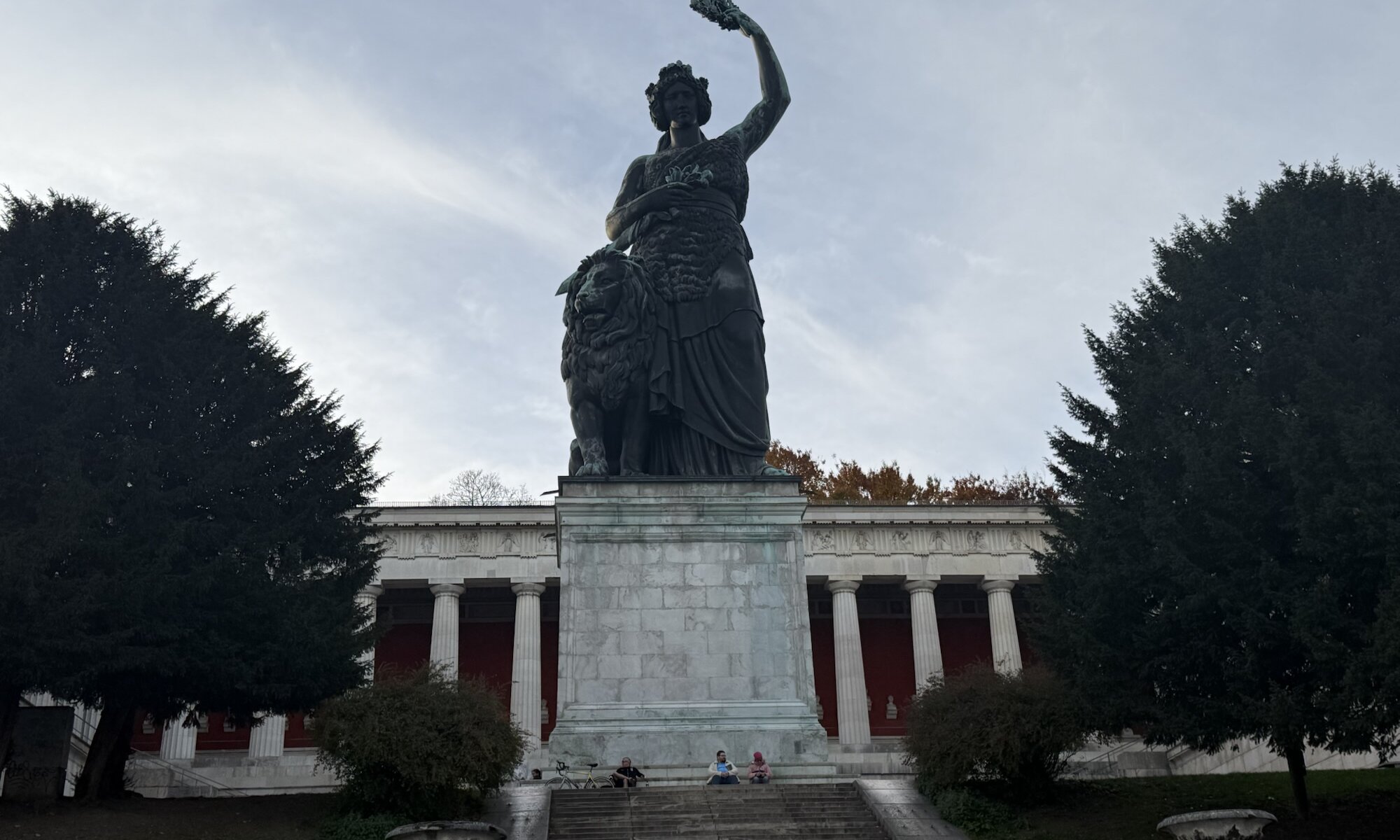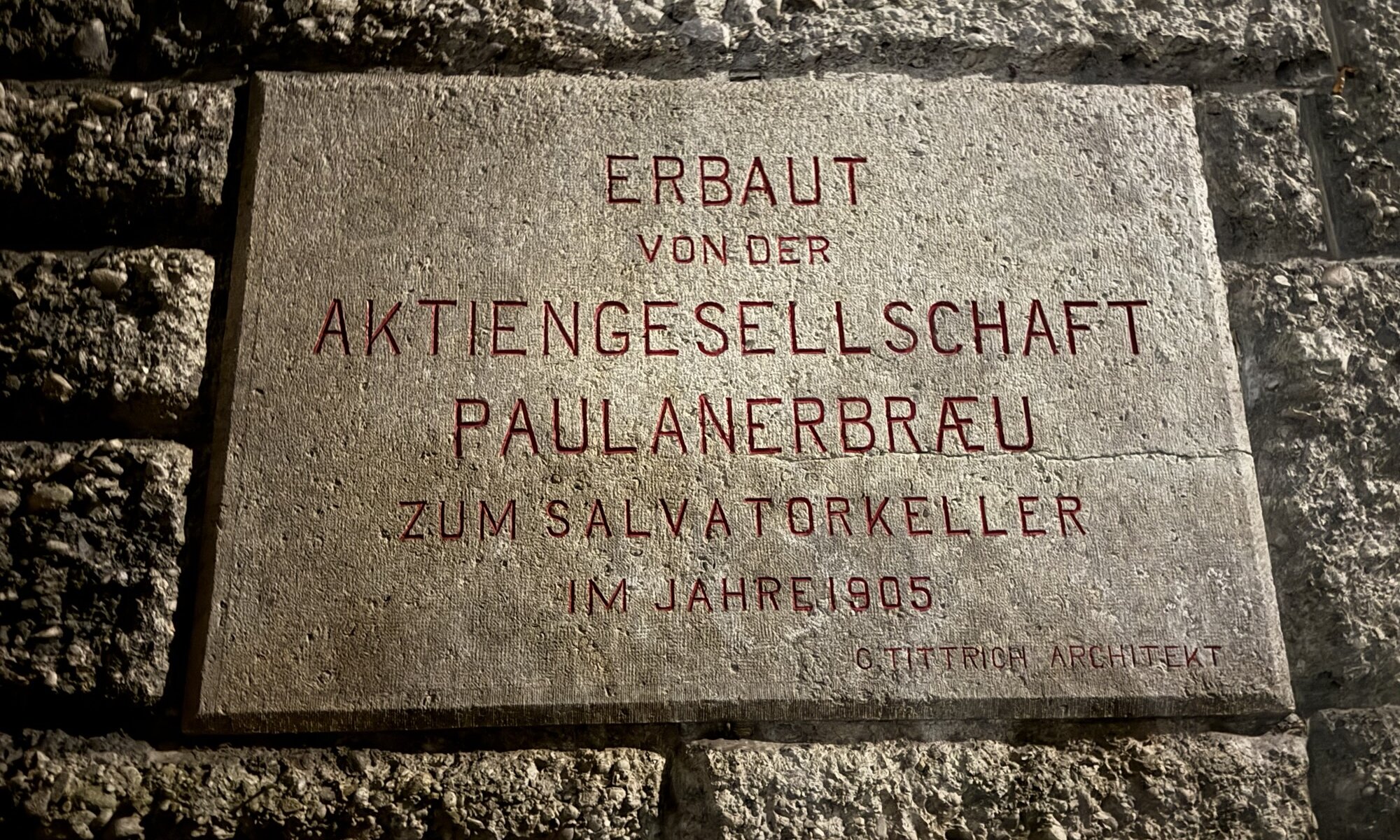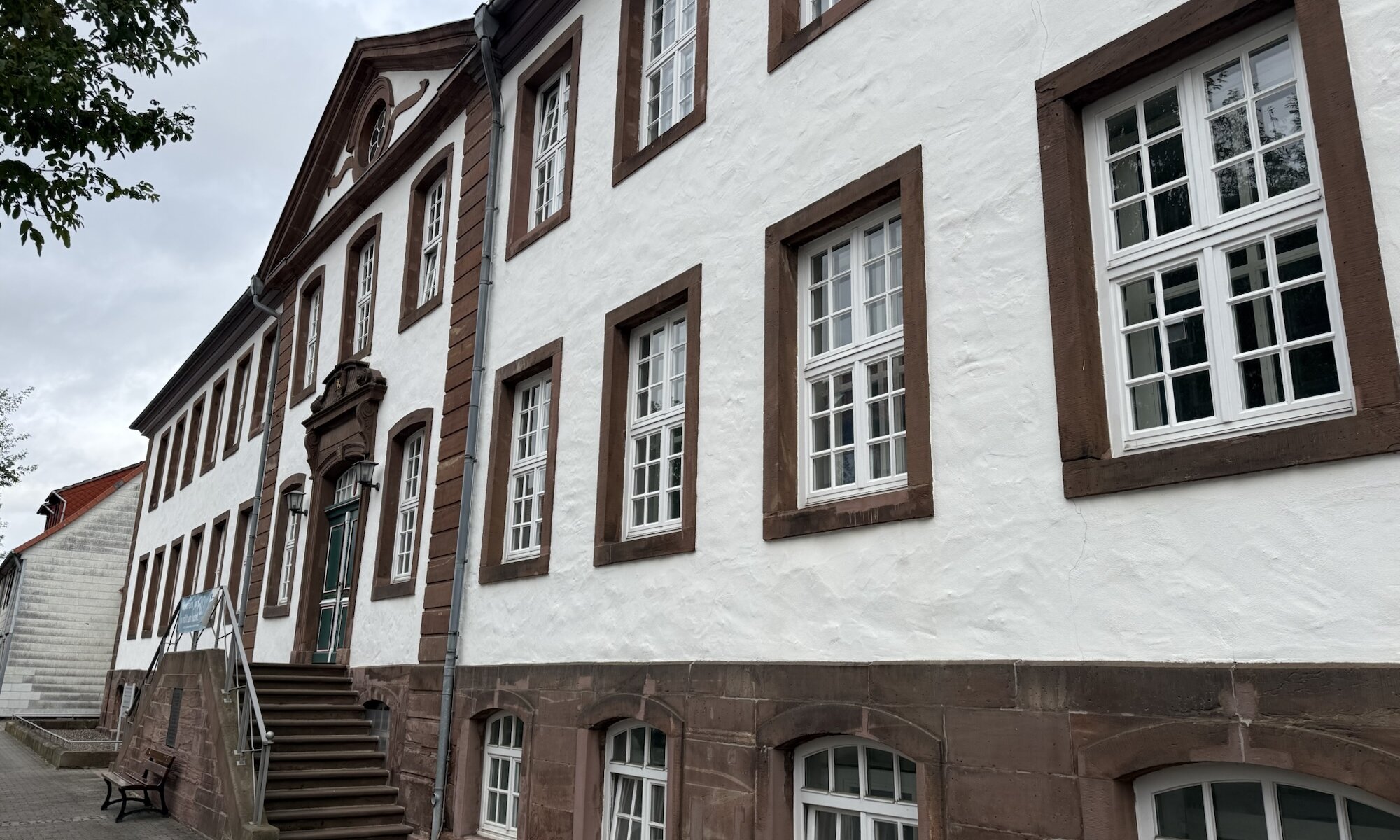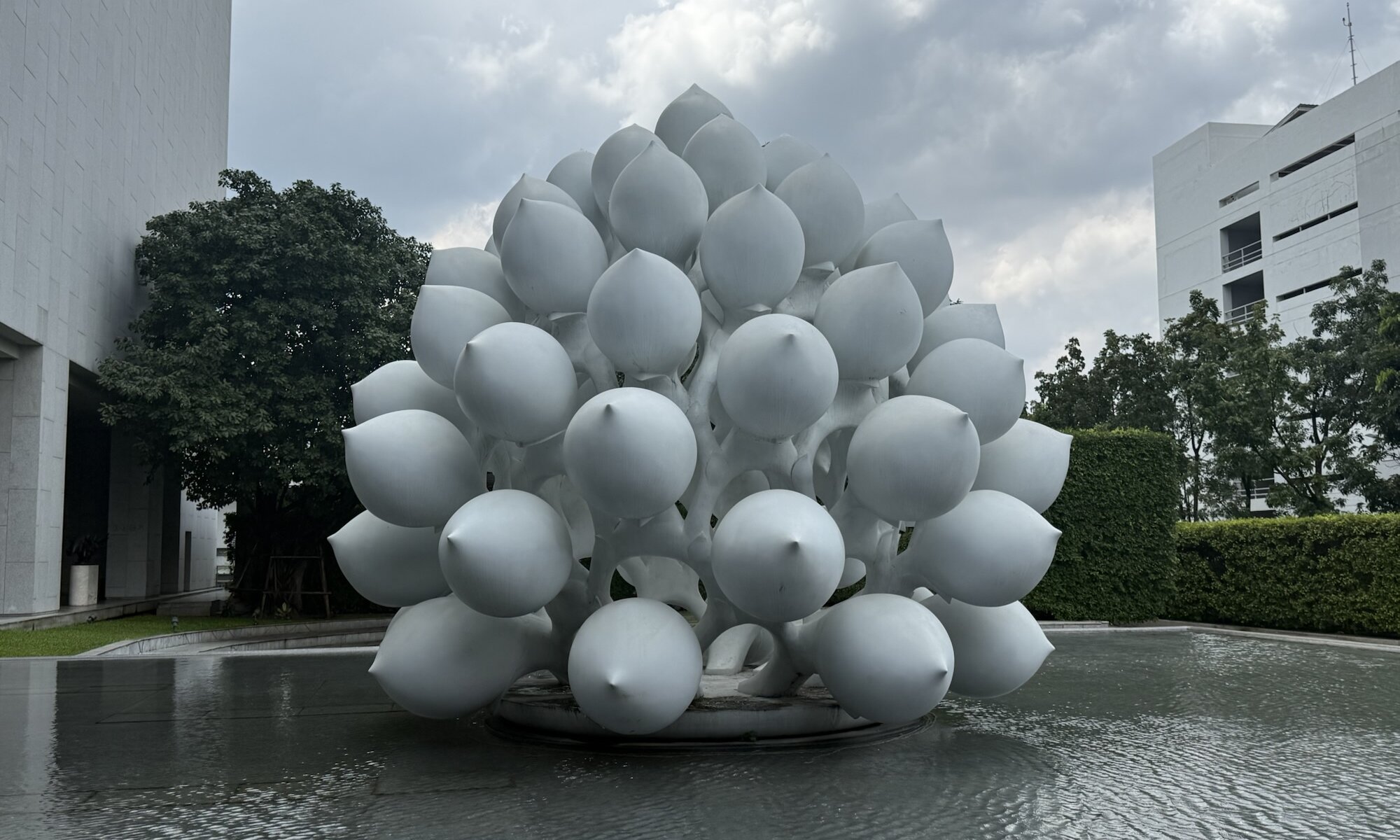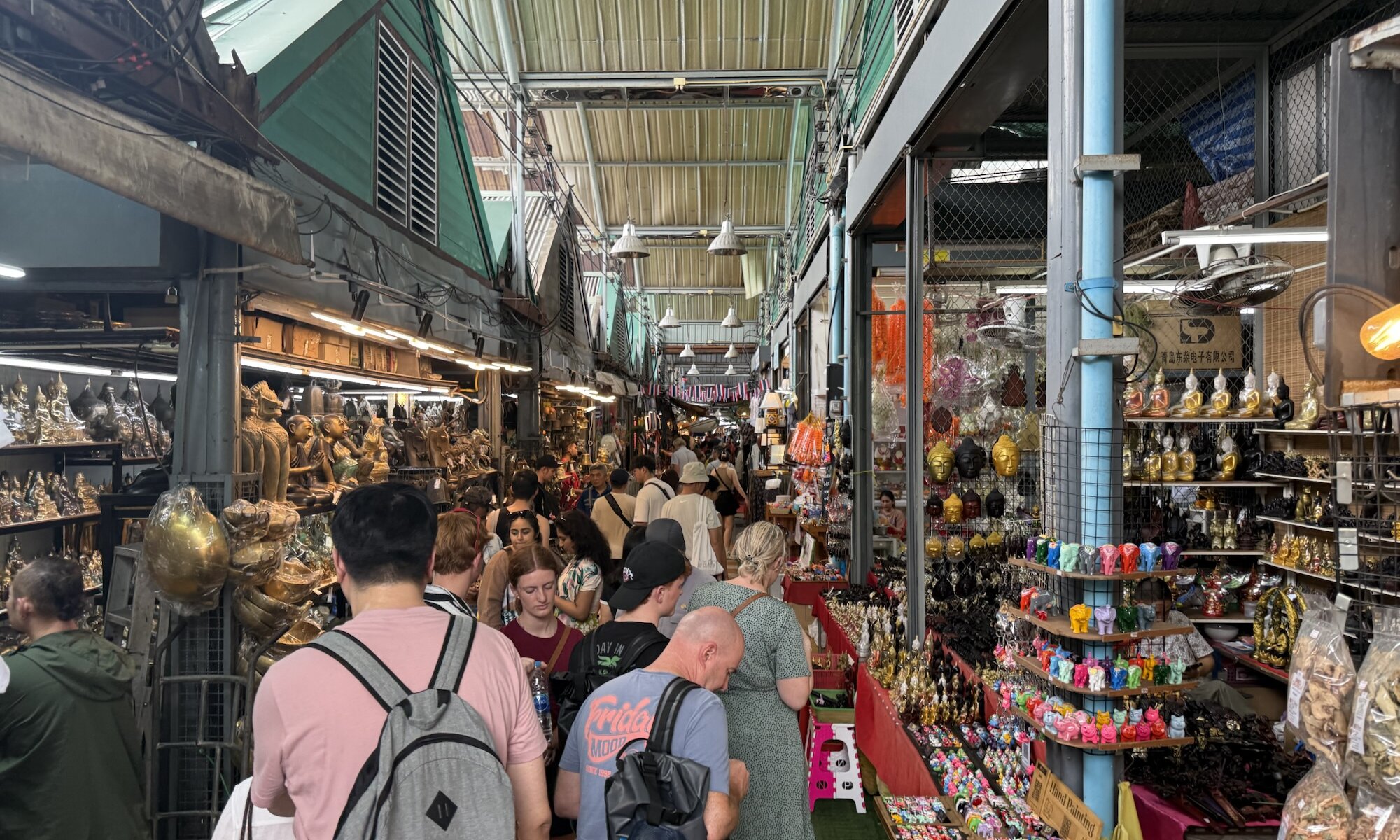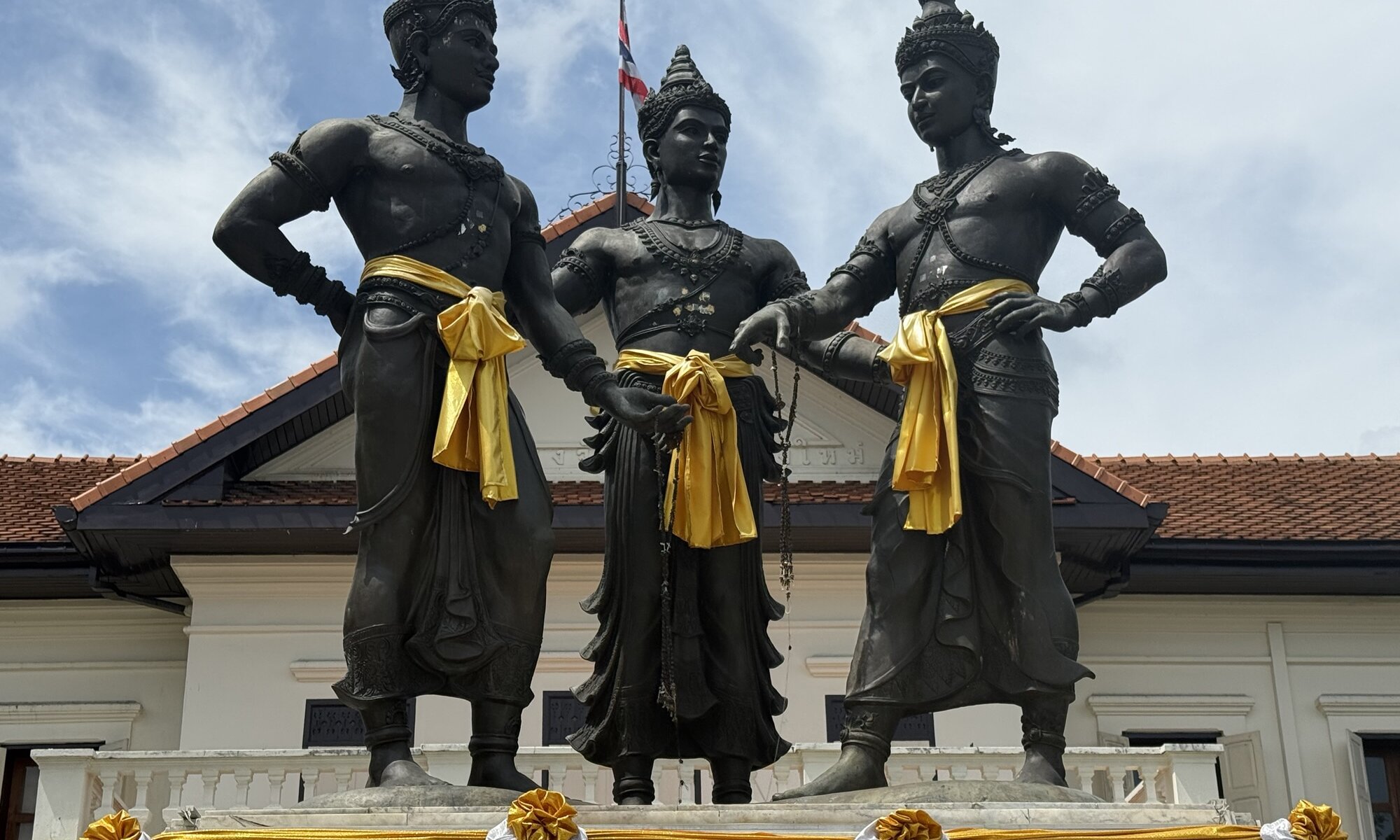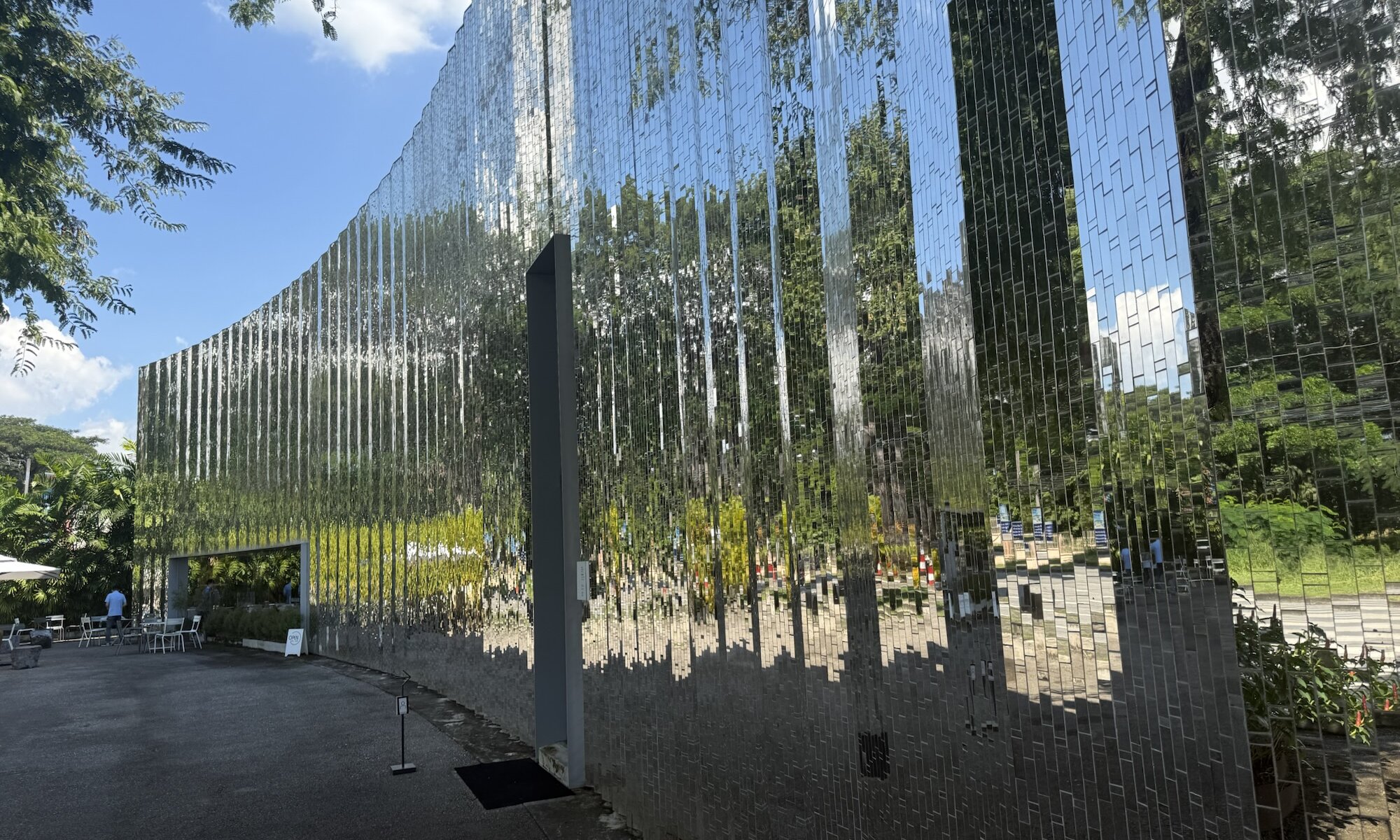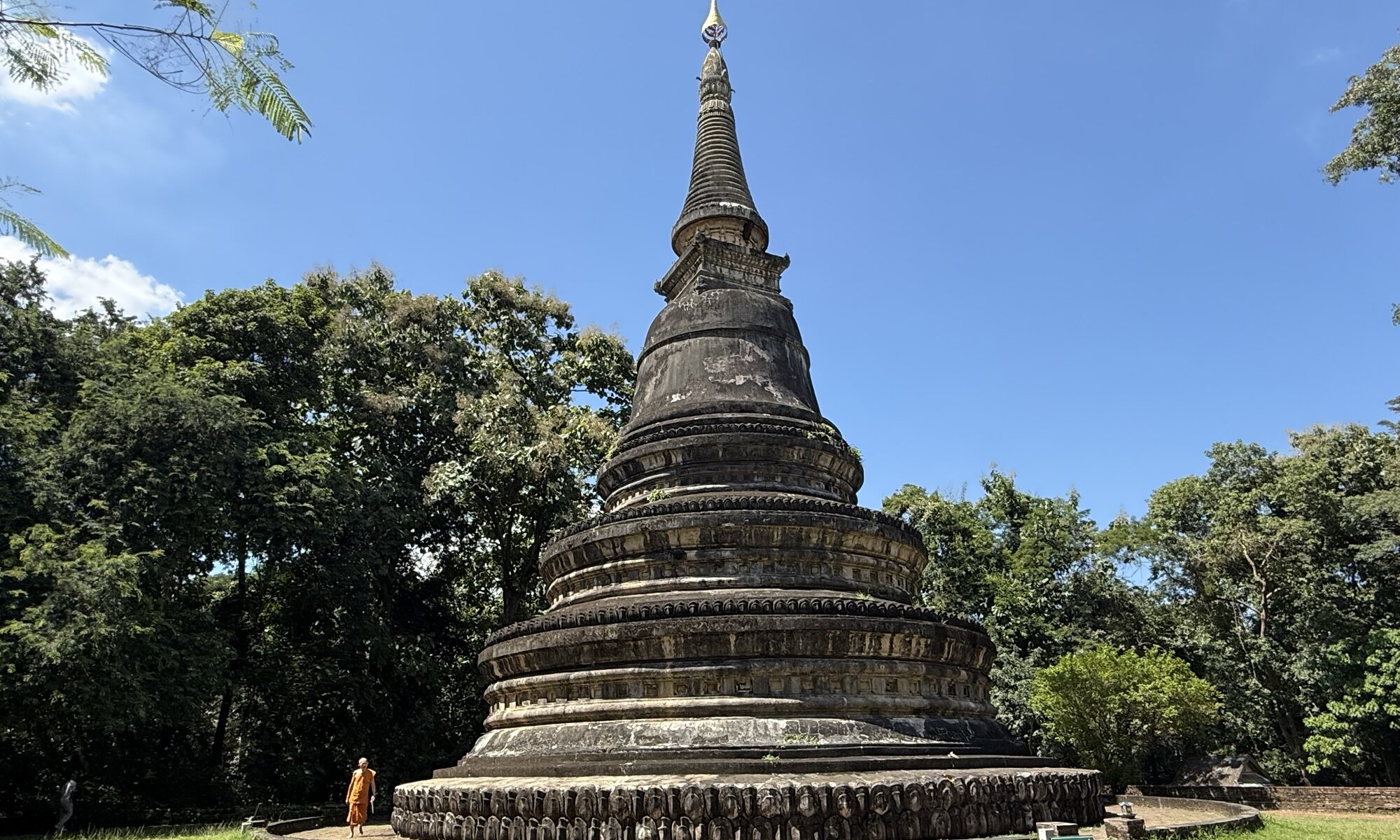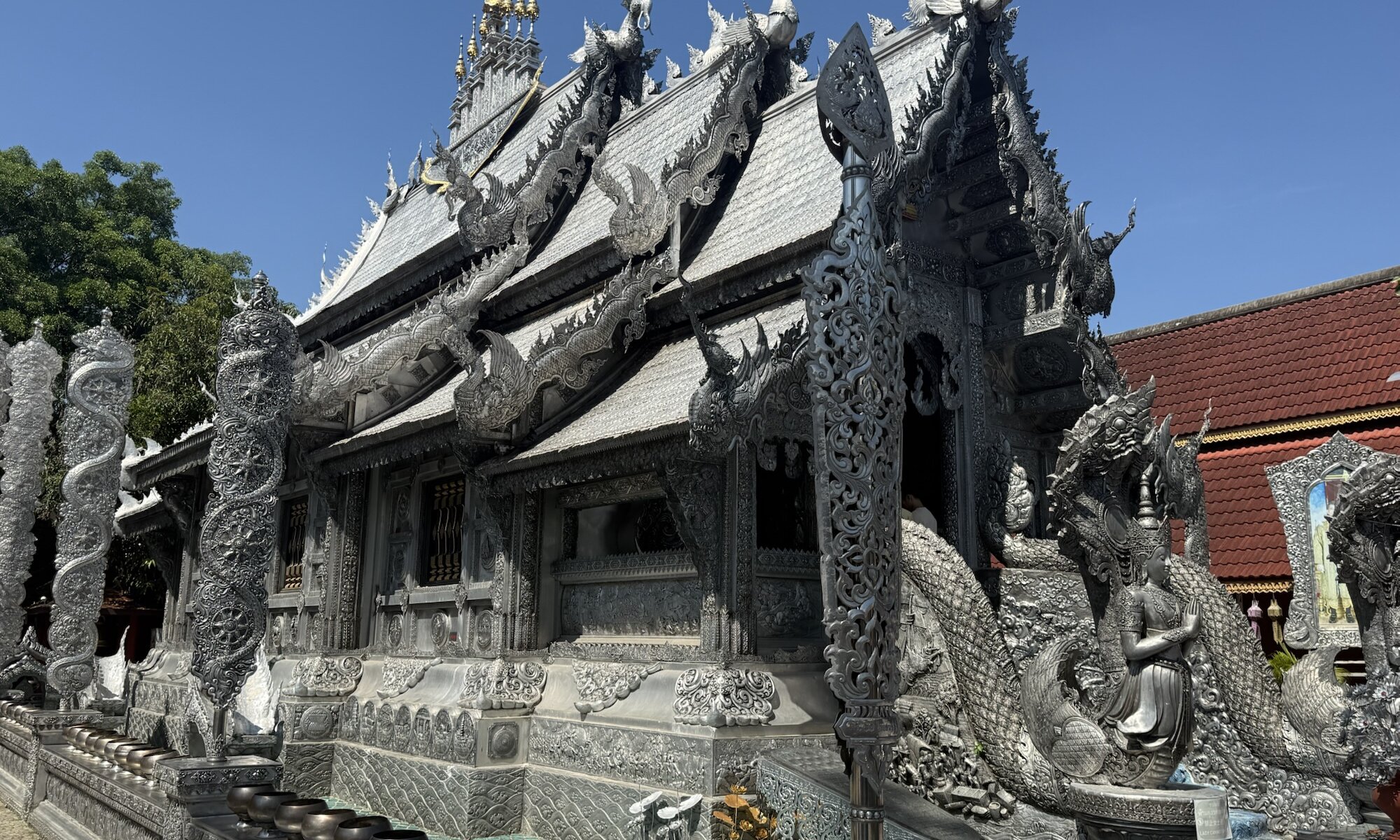The Ruhmeshalle in München stands as a grand neoclassical monument, overlooking the Theresienwiese from its elevated position on the western edge of the city centre. Designed by the renowned architect Leo von Klenze and commissioned by King Ludwig I of Bavaria, it was completed between 1843 and 1853. Its purpose was to serve as a hall of fame, celebrating figures who had made distinguished contributions to Bavarian culture, science, and public life. The open colonnade, built in the style of a Greek temple, forms a semi-circle that conveys both prestige and reverence, harmoniously blending with Münchens 19th-century architectural spirit.
Continue reading “Ruhmeshalle”Starkbierfest
Nestled on a gentle hill in the district of Au, the Nockherberg holds a special place in Münchens cultural and brewing history. It is best known as the home of the Paulaner Brewery, which has stood here since the seventeenth century. The origin of Nockherberg’s fame dates back to 1634, when monks of the Neudeck ob der Au monastery first brewed a dark, strong beer known as Salvator to sustain themselves during Lent. This hearty beverage quickly gained popularity, becoming not only a symbol of local craftsmanship but also an inseparable part of Münchens identity. Over time, the hillside location transformed from a monastic retreat into a vibrant site for one of Bavaria’s most beloved beer traditions.
Continue reading “Starkbierfest”KZ Moringen
The Konzentrationslager Moringen, located near Göttingen in Lower Saxony, began its grim history shortly after the Nazi rise to power in 1933. Established within the buildings of a former Arbeitshaus (or Werkhaus, an institution for forced labour), it was among the first wave of concentration camps set up across Germany, predating the large, industrial-scale camps that would later define the regime’s terror. Initially, the camp served as a detention site for political opponents of the Nazis – primarily communists, social democrats, and trade unionists. Prisoners were subjected to harsh conditions, forced labour, and systematic abuse, as the camp became a testing ground for the early concentration camp system.
Continue reading “KZ Moringen”Siam Yiim
Thailand, known historically as Siam until 1939 and briefly again between 1945 and 1949, is a nation with a rich and vibrant history. Its origins stretch back over a millennium, with early kingdoms such as Sukhothai and Ayutthaya laying the foundations of Thai culture and statehood. Despite pressures from colonial powers in the 19th and 20th centuries, Thailand remains the only Southeast Asian country never colonised by a Western nation, a fact that plays a vital role in its national pride and identity. The name ‘Siam Yiim‘ is often interpreted as a poetic phrase meaning ‘Siam smiles‘, reflecting the country’s reputation as the ‘Land of Smiles‘ and symbolising the warmth and friendliness embedded in Thai culture.
Continue reading “Siam Yiim”MOCA
The Museum of Contemporary Art in กรุงเทพฯ, often abbreviated as MOCA, stands as a beacon of modern artistic expression in the bustling Thai capital. Its architecture is striking, blending a modernist design with clean lines and an expansive, airy interior that invites visitors to immerse themselves in the creative atmosphere. The building’s façade is characterised by large glass panels that allow natural light to flood the galleries, creating an environment where artworks can be appreciated in vivid detail. Situated a little way from the city centre, MOCA offers a peaceful contrast to the busy urban surroundings, providing a contemplative space where art takes centre stage.
Continue reading “MOCA”Thai-style shopping
The Chatuchak weekend market in กรุงเทพฯ is an expansive, vibrant maze of stalls stretching over a vast area, often bustling with a lively mix of locals and tourists alike. Its structure feels more like a small city than a traditional market, with narrow pathways winding through sections dedicated to different goods. Colourful awnings and signs compete for attention amidst a lively chatter, enticing visitors to explore every corner. The market’s atmosphere is both chaotic and charming, with a mix of aromas from street food vendors melding with the sight of handcrafted goods and quirky souvenirs.
Continue reading “Thai-style shopping”Chiang Mai
เชียงใหม่ (lit. ‚new city‘), nestled in the mountainous region of Northern Thailand, is a city steeped in rich history and cultural heritage. Founded in 1296, it served as the capital of the Lanna Kingdom, an independent realm that flourished for several centuries before becoming integrated into the Kingdom of Siam. The city’s old walls and moat still outline the ancient core, offering a tangible reminder of its strategic and economic significance in the region. I find เชียงใหม่ to be a fascinating blend of medieval history and vibrant modernity, making it an essential destination for those interested in culture and heritage.
Continue reading “Chiang Mai”MAIIAM
The MAIIAM Contemporary Art Museum in เชียงใหม่ offers a captivating insight into the vibrant art scene of Southeast Asia, with a particular focus on contemporary Thai artists. Set within a modern, thoughtfully designed space, the museum provides an inviting atmosphere for both art aficionados and casual visitors. Its architecture cleverly blends clean, minimalist lines with a sense of openness that enhances the experience of viewing art, making it more than just a gallery but a cultural destination in its own right.
Continue reading “MAIIAM”Underground temple
Wat Umong Suan Putthatham, nestled in the verdant outskirts of เชียงใหม่, offers a unique blend of tranquility and spiritual depth, making it a compelling destination for visitors seeking something beyond the typical temple experience. Unlike many other temples that boast elaborate architectures and intricate decoration, Wat Umong is renowned for its peaceful forest setting and distinctive atmosphere of quiet meditation amidst nature. Established in the late 13th century during the reign of King Mangrai, this temple was originally designed to serve as a tranquil retreat for monks, emphasising simplicity and connection with the surrounding environment.
Continue reading “Underground temple”Silver temple
Wat Sri Suphan, known as the Silver temple, is a fascinating and unique Buddhist temple located in the traditional silversmith district of Wua Lai in เชียงใหม่. It was originally founded around 1500 during the reign of King Mueang Kaeo of the Mangrai Dynasty. Over the centuries, the temple has undergone various renovations, but its core history remains deeply connected to the local silver crafting community. The area itself has long been a centre for silversmiths, which is reflected in the temple’s spectacular architecture and craftsmanship.
Continue reading “Silver temple”
